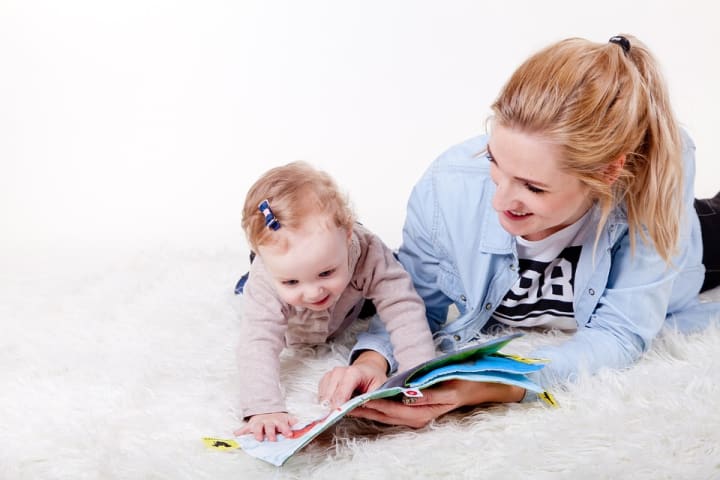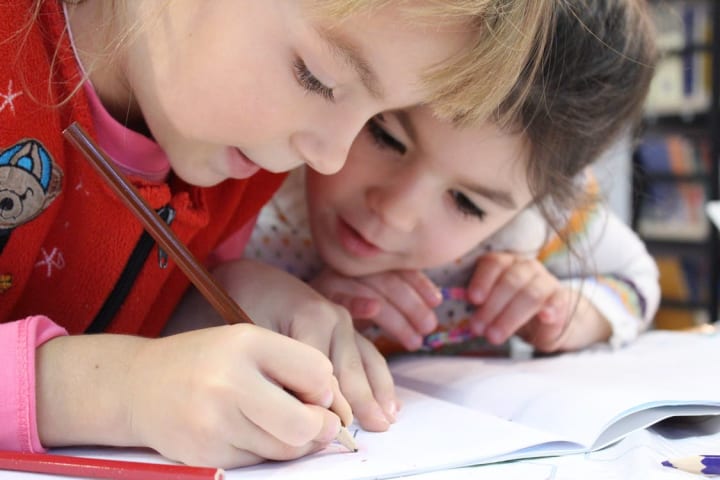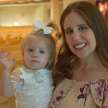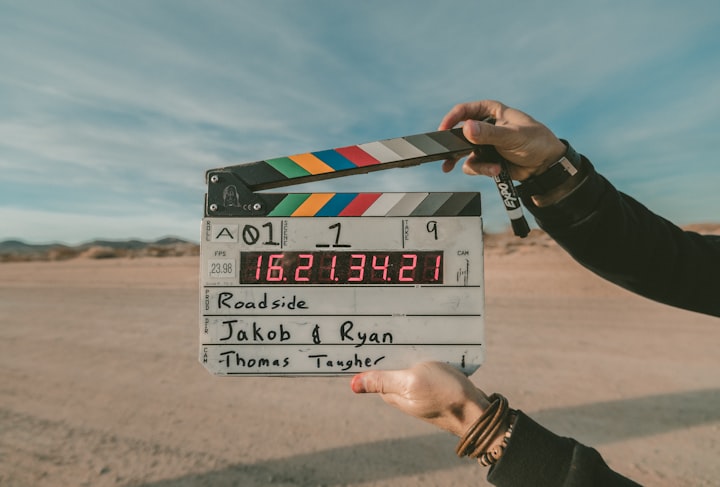Conquer Kindergarten: Literacy
Suggestions From a Former Kindergarten Teacher on How to Prepare your Little One

As a first year teacher, I was bright-eyed and bushy-tailed. I could not wait to have my own classroom and my own students to teach. I landed a job teaching Kindergarten. I loved teaching my students, but teaching a class of 35 students with a huge variety of academic levels was definitely overwhelming. I was shocked at how unprepared some students were, and when I say “unprepared,” I mean they had never heard of the letter A. Throughout the year, I was amazed at how much the students progressed. However, I know that if some of them had begun the year with more prior knowledge, the students and I both would have had an easier time. Here are my suggestions for how to best prepare your child for Kindergarten when it comes to reading and writing.
Teach the letter names and sounds.

As you would suspect, it is great if a child can start Kindergarten already knowing the alphabet. Students need to know their ABCs in order to begin to read. One thing I noticed was that students could recognize many more uppercase letters than lowercase letters. It is important to focus on the lowercase letters because they are so much more frequent in a text. Also, just because a child can name a letter does not know they understand that the letter makes a specific sound. When it comes to learning how to read, the sounds are more important to master in order to begin blending those sounds to read words. Obviously, kids need to know the names of letters as well, especially in order to begin writing, but don’t forget to focus on the sounds.
Practice blending and segmenting words out loud.

Image from Letterland.com
Before a child is able to read, they need to be able to blend and segment sounds out loud without concentrating on what sound goes with each specific letter. These are pre-reading skills and part of phonemic awareness. Students develop phonemic awareness and can do these activities even if they don’t know what letters go with each sound. Blending means putting sounds together to make a word. For example, if you say the letter sounds “mmm aaa t” the student should say “mat.” This is the skill students need to master in order to read new words. Segmenting means taking a word apart by each sound. For example, if you say the word “dog,” the child should say the sounds “d oo g.” This is what students do in order to write new words. It is easier to understand this activity if you see the videos below. In these videos, chips are used to represent each sound. You can also have students point to the each sound on their fingers or “cut up” words on their arms. This is a great activity to do any time because you really don’t need any supplies. While you’re in the car or on a walk, you can give sounds or words for your child to blend or segment. Again, the child doesn’t need to focus on what letters are being used, just the sounds.
Read with your child and focus on parts of the book.

I know you have heard it a million times before, but it is extremely important to read to your child. The more exposure a child has to books, the better. I was amazed at how many students I taught who seemed to have very little understanding of what books were and how to use them. Try to teach your child the difference between letters, words, and sentences. Once in a while, point to words as you read them so your child understands that words and pages go from left to right. If they are old enough to understand, teach them what an author and illustrator is. You can also point out the cover, spine, and title page of the book.
Ask questions while you read.

Reading out loud to your child should be a fun and interactive activity. Asking questions while you read is very helpful to teach students reading comprehension skills. Begin with simple questions and make them more complex as your child starts to understand more about the stories you read. You can ask your child to point to different objects or ask what color or how many of a certain object there are. You can ask your child to describe where the characters are in the book. You can ask about how characters feel and ask what might happen next in the story. Eventually, you can ask questions about why an event may have happened or how a character feels during the story.
Teach your child to write his or her name.

Once students are in school, they need to write their names on everything. When I taught Kindergarten, we practiced writing names every day. If they can come to school already knowing how to write their name, they will help out their teacher and have a good start on learning how to write other letters or words. There are many ways to practice. You can start with just the first letter of your child’s name. Write the letter with dotted lines and have your child trace. They can trace the letter over and over again using crayons or markers to make it fun. Make sure they know the name of the letter they are writing. Once they have mastered the first letter, add on the second letter and so on. You can write his or her name a few times on a sheet of paper, put it inside a page protector, and have your child trace the name with a dry erase marker. Once your child has mastered tracing, have him or her try to write it by copying the letters. Eventually, you child can work on writing his or her last name as well.
Make learning fun!

I feel very strongly about the importance of making learning fun. Children have their entire lives to buckle down and study. As toddlers and young children, kids absorb so much information that there is no need to make teaching these skills into a serious or boring activity. My son is one-and-a-half and he will bring me book after book to read to him. Most kids enjoy listening to stories, especially if you do certain movements or read with different voices. It is much more important for a kid to like books when they start school than to know every letter and sound.
If you are a parent, you know that kids have a very short attention span. Because of this, you do not want to sit your child down and plan on working on reading for a long period of time. If you are working on a letter or a sound, use a toy or letter puzzle if you have one. Point to letters while you are out shopping to see if your child knows them. Say random letters and see if your child can find one around the house. If your child get bored or seems uninterested, don’t worry about it. You can always come back to working on the content you want them to learn later. When they are engaged and are able to name letters or sounds or answer your questions, make sure to tell them they are doing a great job! If they are answering questions wrong, simply correct them and move on. Celebrate the successes and don’t dwell on the mistakes.
Final Thoughts
Basically, any prior knowledge will help your child when he or she starts school. By incorporating these simple skills and activities into your child's everyday routine, he or she will surely be ready to be independent Kindergarteners when the time comes. Hopefully, you will be ready too!
About the Creator
Haley Peterson
I am a full-time teacher turned stay at home mom, and I have been loving every minute of it!






Comments
There are no comments for this story
Be the first to respond and start the conversation.